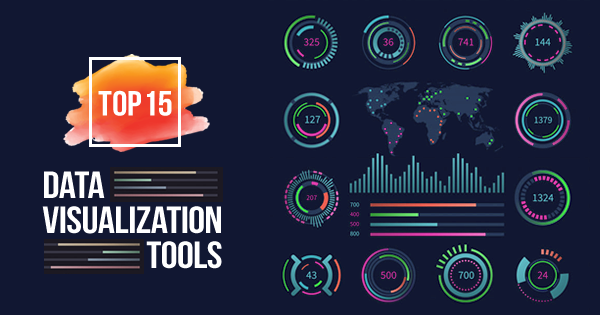CG Insights
Explore the latest trends and insights in technology and culture.
Seeing is Believing: Transforming Data into Stories
Unlock the power of data storytelling! Discover how to turn numbers into impactful narratives that captivate and inspire.
The Art of Data Storytelling: From Numbers to Narratives
The Art of Data Storytelling is an essential skill in today's data-driven world. By transforming raw data into compelling narratives, professionals can effectively communicate insights and engage their audience. At its core, data storytelling combines data analysis with storytelling techniques to create a seamless narrative that highlights key findings. This approach allows presenters to connect with their audience on an emotional level, making the information more relatable and memorable. Successful data storytelling involves three critical components: data, narrative, and visuals. These elements work together to craft a story that not only informs but also inspires action.
When embarking on the journey of data storytelling, it is important to remember that context matters. Providing adequate background about the data and its relevance can enhance understanding and retention. A well-structured data story often follows a classic narrative arc:
- Introduction - Set the stage by presenting the problem.
- Development - Introduce the data and analysis.
- Conclusion - Offer insights and calls to action.

Visualizing Your Data: Techniques for Effective Storytelling
Visualizing your data effectively is essential for compelling storytelling. To transform raw data into an engaging narrative, consider using data visualization principles such as simplicity, clarity, and appropriate choices of charts. For instance, bar charts can compare different groups effectively, while line graphs are excellent for showcasing trends over time. By understanding your audience’s needs and preferences, you can tailor your visualizations for maximum impact.
Another effective technique is the incorporation of infographics to combine multiple data points into a single, visually appealing representation. As highlighted by HubSpot, infographics enhance retention and engagement, making complex information easier to digest. Additionally, using color theory can evoke emotions and guide your audience's focus to the most critical aspects of the data. Remember to maintain a balance between aesthetics and functionality to ensure that your visualizations tell a clear story without overwhelming your viewers.
How to Turn Complex Data into Engaging Stories that Resonate
Turning complex data into engaging stories requires a blend of creativity and analytical skills. Start by analyzing your data to identify key trends and insights. Use visualization tools like Tableau or Google Charts to create captivating graphs that can help illustrate your points. This visual representation not only makes the data more digestible but also engages your audience's attention. Once you have your visuals, frame your data within a narrative context. Ask yourself: What story do these numbers tell? Craft a narrative that flows logically from your data, guiding your readers through the insights in a way that resonates with their experiences.
Incorporating real-world examples can further enhance your story, making the data relatable to your audience. Utilize platforms like Statista for data sources and Data.gov for governmental statistics to support your claims with credible evidence. Structure your piece to include subheadings and bullet points for better readability. This not only organizes your information but also allows readers to scan through the content easily. Remember, the goal is to create a narrative that not only informs but also captivates – transforming complex data into stories that your audience will find both enlightening and engaging.